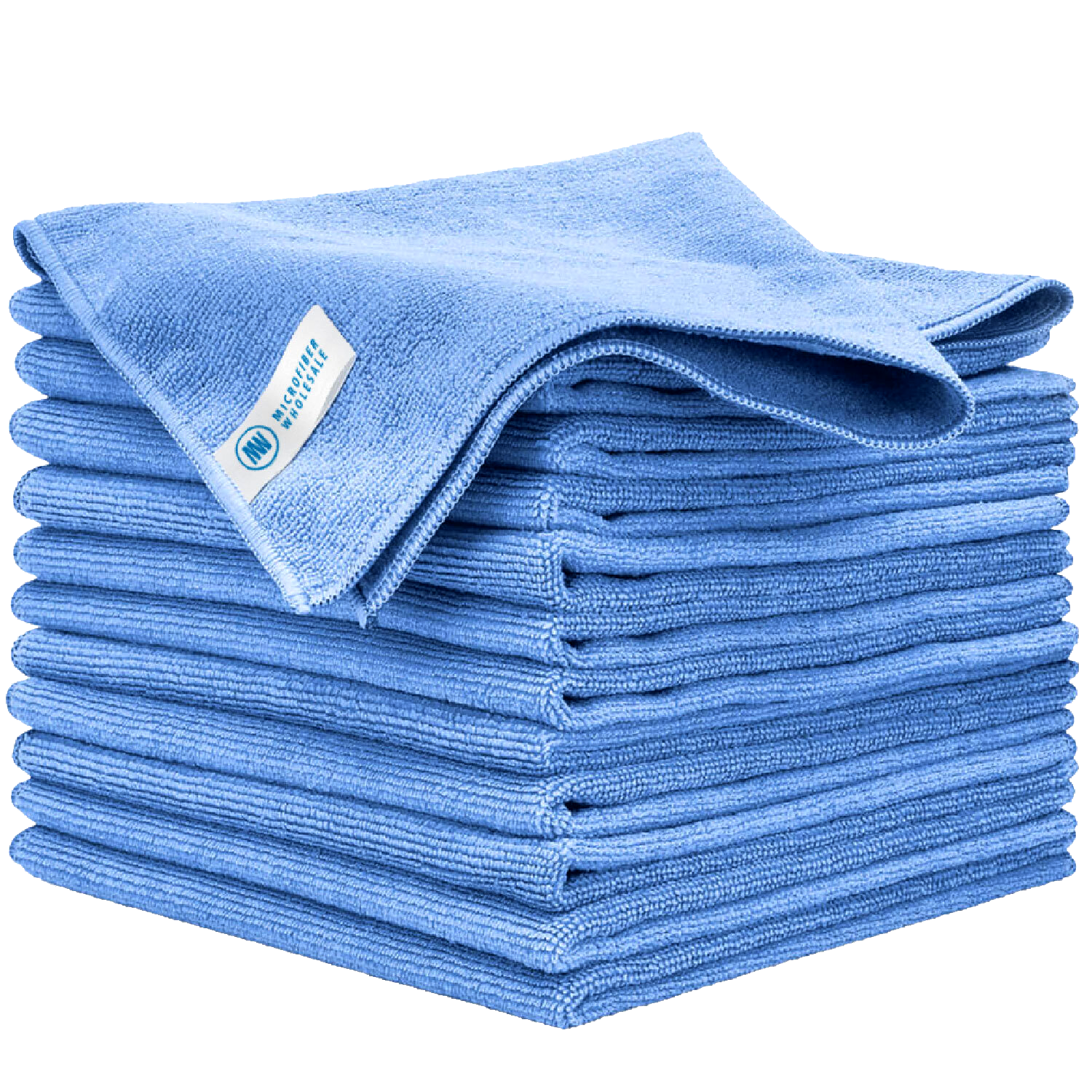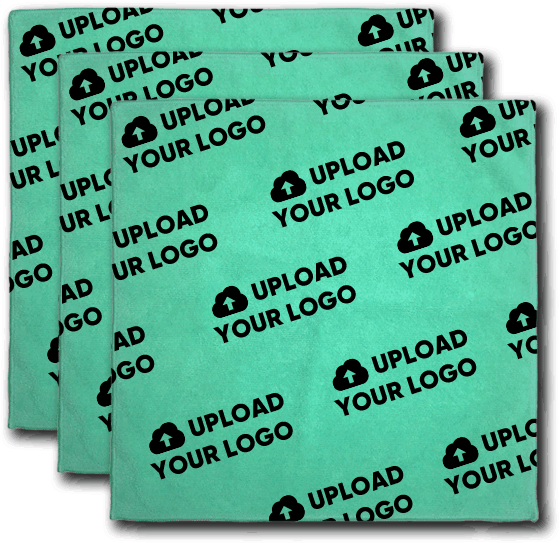2. Deep Clean
High Dust
Working from left to right, top to bottom in the room, high-dust ceiling fans and light fixtures, window frames, and crown moldings.
I recommend using a microfiber duster wand that attaches to a telescoping handle so you don’t need to use ladders or stools to dust up high.
Wash Walls
As already mentioned, children are more prone to allergies and illness, so you want to clean every surface of their room, including their walls. You won’t need to wash walls every time you clean, but it’s a good habit to do them a few times a year.
Washing the walls will remove any allergens, pollen, dust, and dirt. You can do it by hand with a microfiber towel, a bucket of soapy water, and a ladder. Or, to save time and energy, use a Microfiber Wall Wash Mop and a non-toxic all-purpose cleaner in a spray bottle.
For stubborn soils, spray liberally with your cleaner and allow it to soak in for several minutes before buffing off with a clean microfiber cloth. Or use a magic eraser.
Wipe Surfaces
Next, wipe down shelves, tables, and any other surfaces with a damp microfiber cloth and your all-purpose cleaner. For things like TVs and computers, use a screen cloth, and for glass and mirrors, use a glass polishing cloth.
Floors
Remove rugs from the room and shake them outside to remove loose debris, then vacuum any carpet and hard flooring.
You can either mop the standard way with a bucket of water, or use a spray bottle of your floor cleaner. Then spray your cleaner liberally all over the hard floors, and using a microfiber flat mop, mop using an S or figure-8 motion.
Use a carpet stain remover for any small stains, or rent a carpet cleaner for larger stains.


















 By continuing with your order, you acknowledge and agree to the following:
By continuing with your order, you acknowledge and agree to the following: